Biography
Hans Hofmann (1880-1966)
The only artist of the New York school to participate directly in European modernism, Hans Hofmann became known as the major exponent of Abstract Expressionism. His paintings are known for their manic, exuberant energy. Among 20th-century masters, he was the first to consolidate and codify the lessons of modernism into a teaching system. Well-known students of Hofmann’s include Helen Frankenthaler, Jane Freilicher, Wolf Kahn, Larry Rivers, and Nell Blaine.
He was born in Weissenberg, Germany, showed a precocious interest in music and science, and had early training in mechanics while working for the Director of Public Works of Bavaria between 1896 and 1898. On that job, he invented the electromagnetic comptometer, the precursor of the adding machine.
He began to study art in 1898 in Munich where he was introduced to Impressionism. From 1904 to 1914, he studied in Paris and was exposed to many of the avant-garde artists and movements of that time including Fauvism, Cubism, and Surrealism. He was much taken with the exploration of pure color for its own sake, especially as investigated by Picasso, Braque, Matisse, and Delaunay.
In Munich at the outbreak of World War I, he founded an art school and was highly successful until 1932 when he emigrated to America, having spent the summers in 1930 and 1931 teaching at the University of California at Berkeley.
In 1932, he began teaching at the Arts Students League in New York and the following year opened his own schools in New York and Provincetown, Massachusetts. During the 1930s and 1940s, American Scene painting was prevalent, but he resisted that style, staying with the modernism to which he had been exposed in Europe. Hence he was later credited as a courageous pioneer in America of European modern art.
He closed both of his schools in 1958 so he could devote himself full time to his own painting. He died in New York City in 1966.
He said he always based his paintings on the subject of nature, and he used vivid colors such as bright blues, greens oranges and yellows and applied them with palette knives in long slashing strokes. He viewed the surface of the canvas as alive, responsive, and active, often with opposing forces which he created with his theory of “push and pull,” and which is closely tied to theories of Paul Cezanne. He also experimented with dripping paint onto the canvas, a method Jackson Pollock learned and later made famous.

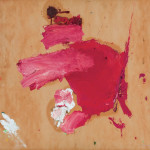 Untitled (sold)
Untitled (sold)
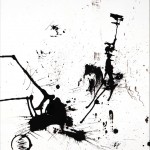 Untitled (sold)
Untitled (sold)
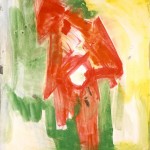 Untitled
Untitled
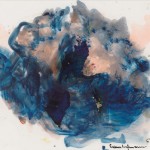 Untitled (sold)
Untitled (sold)
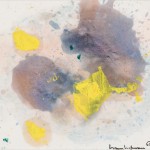 Untitled (sold)
Untitled (sold)
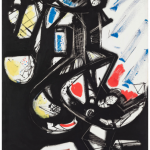 Black, Red, Yellow (sold)
Black, Red, Yellow (sold)
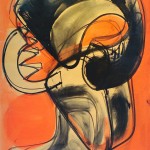 Furry (sold)
Furry (sold)
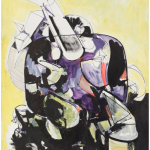 Seated Woman (sold)
Seated Woman (sold)
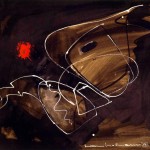 Red Splash on Blank (sold)
Red Splash on Blank (sold)
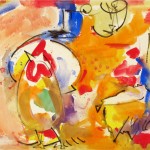 Untitled (sold)
Untitled (sold)
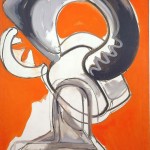 Furry (sold)
Furry (sold)
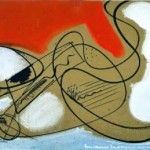 Loop on Loop (sold)
Loop on Loop (sold)
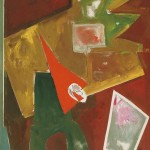 The Herald (sold)
The Herald (sold)
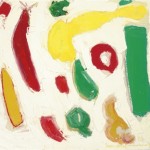 Sparks of a World (sold)
Sparks of a World (sold)
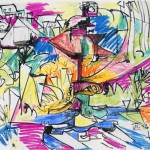 Provincetown (sold)
Provincetown (sold)
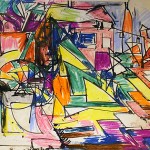 Provincetown (sold)
Provincetown (sold)
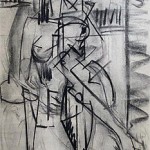 Nude (sold)
Nude (sold)
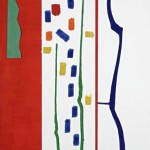 Mosaic for Apartment House, Sketch No. 2 (sold)
Mosaic for Apartment House, Sketch No. 2 (sold)